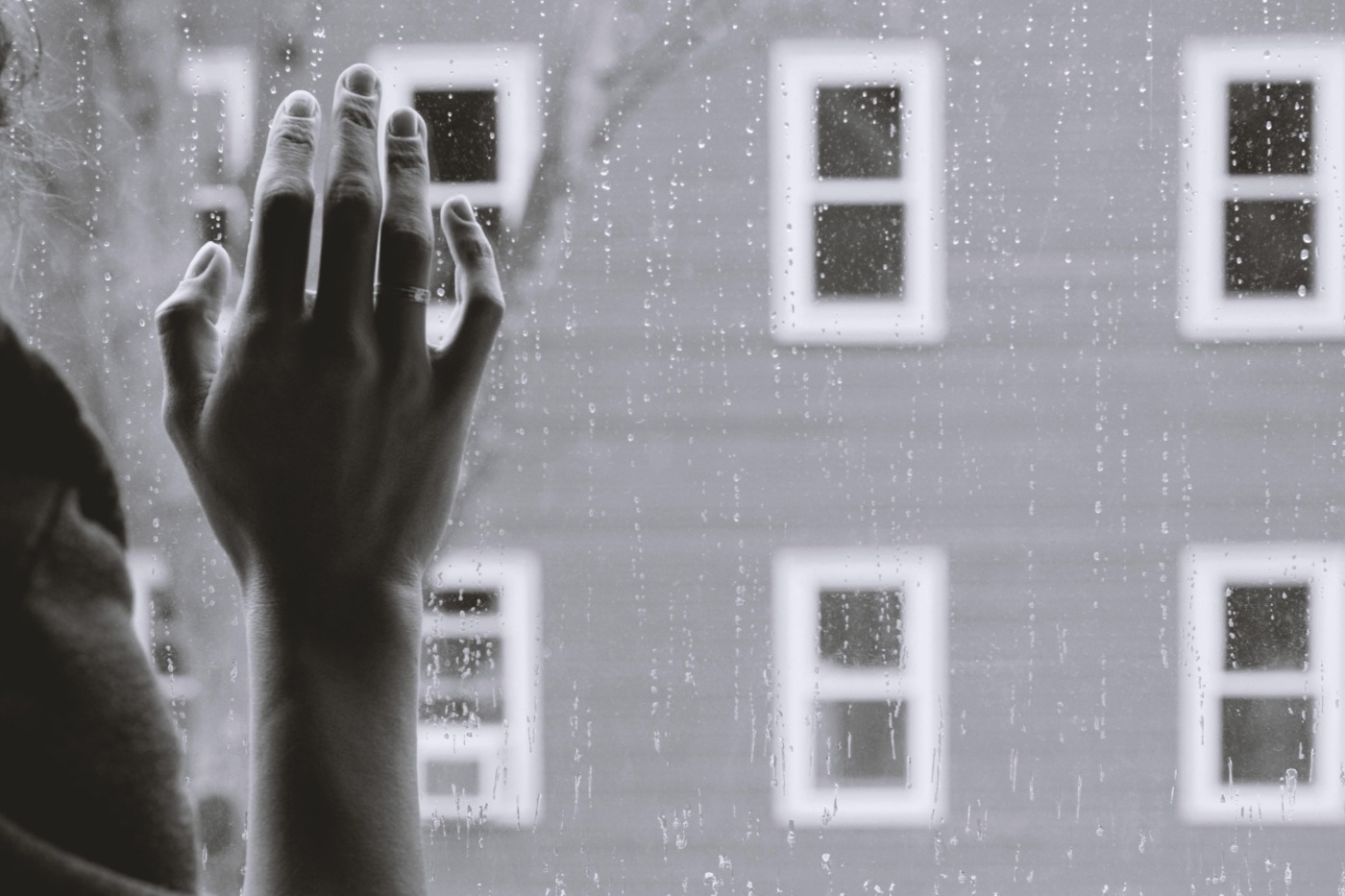What is seasonal affective disorder?
For some, winter is the best time of year, a source of festivity and comfort. But for others, the darkest days of the year can feel as gloomy as they look. As the days get shorter and the weather gets colder, you may find yourself experiencing certain changes in your mood and energy levels. Whilst milder changes are often described as the ‘winter blues’, more severe changes that significantly impact a person’s mental health and everyday life may instead be linked to a form of depression known as seasonal affective disorder (SAD).
Seasonal affective disorder (SAD) presents as symptoms that return around the same time every year. SAD shares some symptoms with normal depression. Most people experience a winter-onset pattern of SAD that begins in the late autumn and improves by the spring.
University students are at a particularly high risk of developing SAD
SAD affects around three in every 100 people in the UK, with most people first experiencing symptoms in their 20s. With the increasing workload, the pressure of deadlines, lack of routine and sleep deprivation, it comes as no surprise that university students are at a particularly high risk of developing SAD.
The presentation and intensity of SAD differ from person to person. Some signs may include: a constant low mood, feelings of hopelessness, feeling less sociable, finding it difficult to get up in the mornings, and a loss of interest in usual activities. Other symptoms more specifically appear in the winter months. These may include decreased energy levels, sleeping for longer than normal, exhaustion, and an increased appetite linked to cravings for carbohydrates.
The exact cause of SAD is uncertain, but research has identified that the reduction in the amount of daylight during the shift in seasons could play a crucial role. Several of our biological factors are believed to be affected by the presence of light. Your body’s internal clock, also known as your circadian rhythm, relies on the cycle of sunlight and darkness for signs of when to wake up or go to sleep. It is influenced by melatonin, a hormone that makes you feel tired, and serotonin, a key hormone required to regulate your mood.
The exact cause of SAD is uncertain
In people with SAD, the reduction in sunlight during the winter triggers the overproduction of melatonin and the reduction in serotonin activity beyond the normal range. Vitamin D is essential for the production of serotonin and can be produced when the skin is exposed to sunlight. The cold weather and shorter days mean that there is a lack of exposure to sunlight in the winter, and so people have lower levels of vitamin D, which further hinders serotonin activity. The combined effects of increased melatonin and decreased serotonin disrupt the normal circadian rhythm and so the body struggles to adjust to the seasonal changes in daylight. This affects your ability to regulate your mood, appetite and sleep and you may experience lethargy.
In the winter, people may feel more inclined to stay indoors. The covid-19 pandemic and its public health measures have added to this, meaning that people are receiving even less exposure to sunlight than in previous winters. Not only has this contributed to a rise in people who are vulnerable to developing SAD, but it has also impacted the ability to manage the condition as government restrictions have made it hard for people to stay socially connected with others.
In the winter, it may feel especially hard to cope with the demands of university life. The shift to online teaching during the pandemic has only exacerbated the stress that students are facing.
The symptoms of SAD can be improved by some lifestyle changes such as exercising, light therapy and talking it through with others. Nevertheless, if you are struggling to cope, it is important that you seek professional medical help.


Comments (1)
Seasonal Affective disorder stops with bright light therapy or plenty of time in the sunlight. Sun exposure leads to the production of serotonin, the body’s natural “upper.” Dr. Gavin Lambert and his colleagues in Australia measured serotonin levels in response to varying degrees of bright light. To do this, they drew blood samples from the internal jugular veins of 101 men and compared the serotonin concentration of the blood to weather conditions and seasons. The results were remarkable: Men measured on a very bright day produced eight times more serotonin than those who measured on a cloudy, dismal day. They also observed that the effect of bright light was immediate, and that there was no holdover from day to day. There we have the answer to poor mood or SAD. It is also a good reason to leave the cave. When the sun is shining, winter or summer, wherever you are, take advantage of it. Regular, non-burning sun exposure will elevate your mood and make you feel more alive. More information: sunlightinstitute.org and read the book Embrace the Sun.